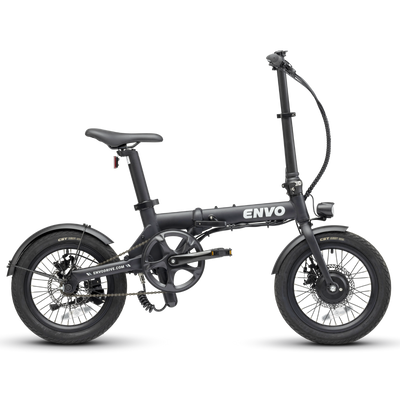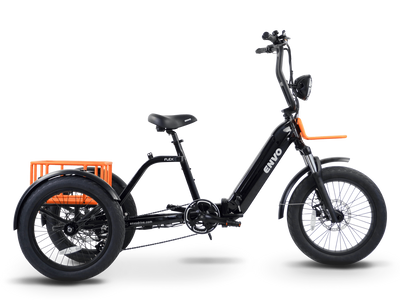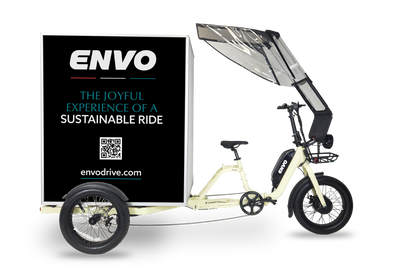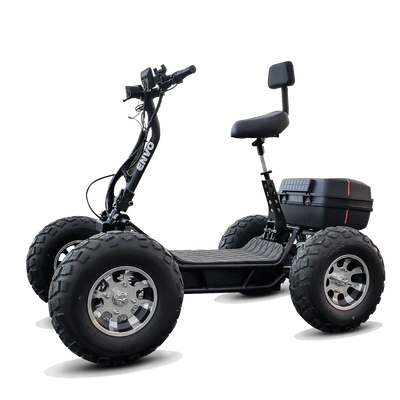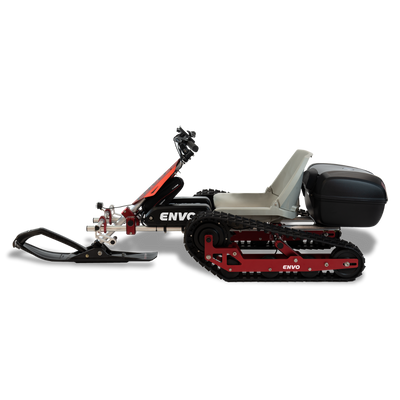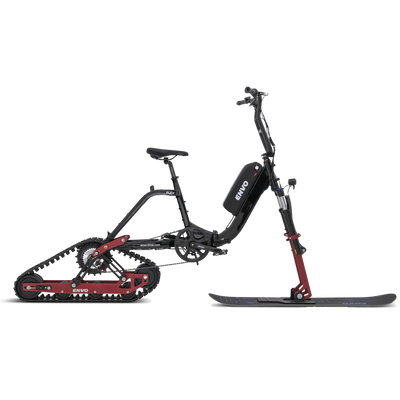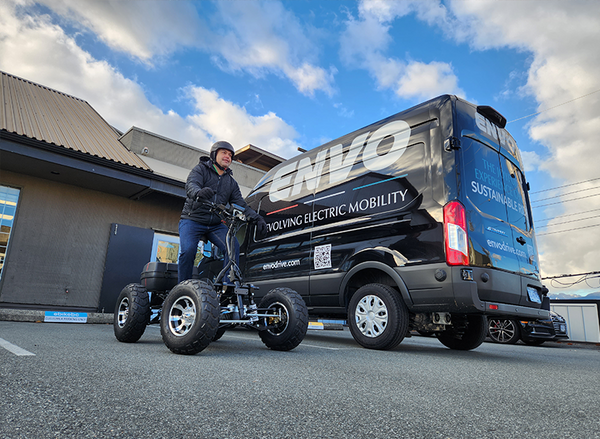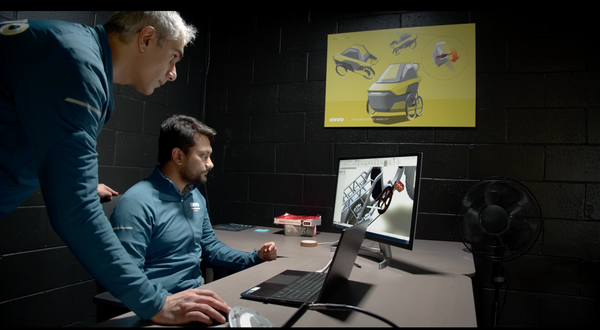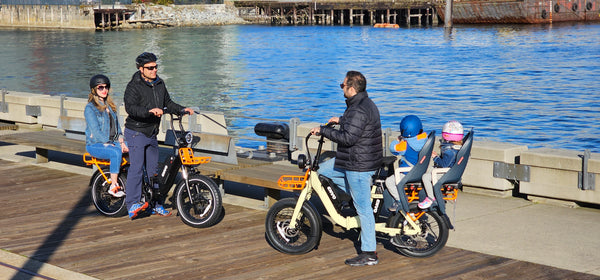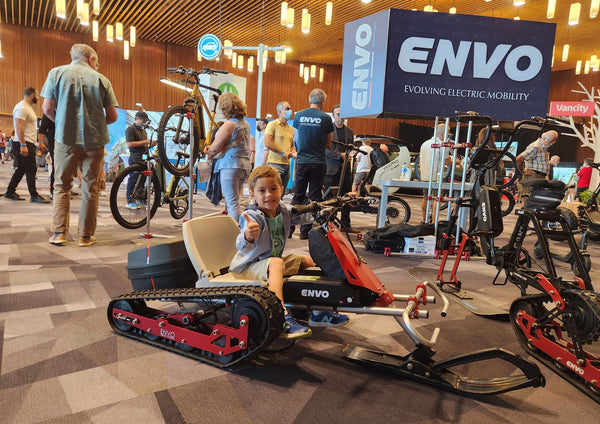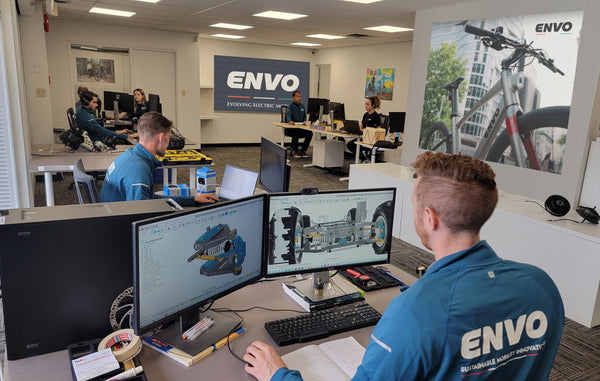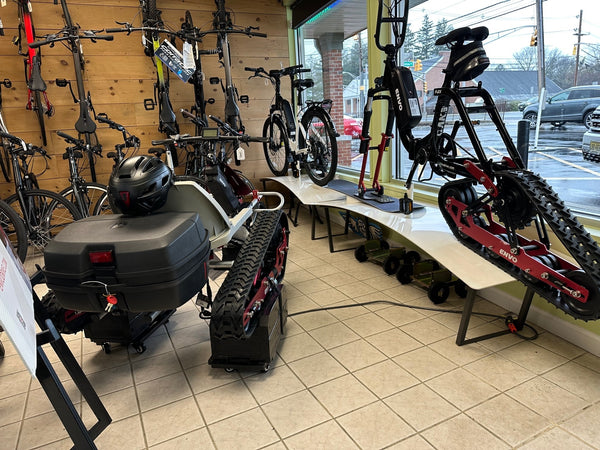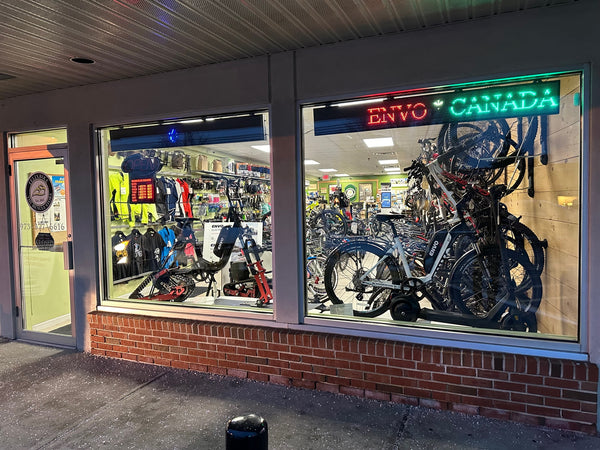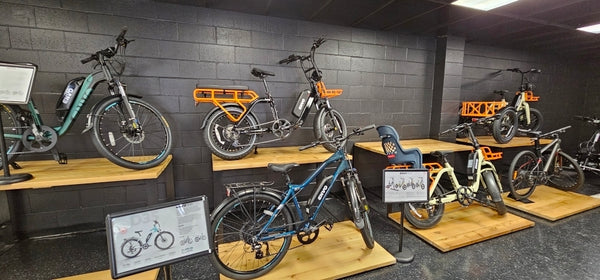Lors d’une récente table ronde, Ali Kazemkhani, fondateur et PDG d’ENVO Drive Systems, a trouvé l’occasion idéale d’aborder un problème crucial auquel sera confronté l’avenir des transports : le dimensionnement adéquat de la micromobilité. Ses réflexions sur la manière dont la micromobilité et le dimensionnement adéquat pourraient façonner l’avenir de l’urbanisme et de la durabilité ont suscité une discussion stimulante parmi les dirigeants et les parties prenantes du secteur.
Qu'est-ce que le « Right-Sizing » et pourquoi n'a-t-il pas encore eu lieu ?
Dans son discours, Ali a posé une question importante à l'auditoire : pourquoi le rationnalisme n'est-il pas encore devenu une réalité courante ? Comme il l'a expliqué, « pour moi, le rationnalisme se produit lorsque nous ne déplaçons pas deux tonnes de métal juste pour transporter une personne de 80 kilos ou un petit carton de courses du point A au point B. » Cette surutilisation de véhicules plus gros pour des tâches simples est non seulement inefficace mais également insoutenable, en particulier dans les environnements urbains densément peuplés.Malgré dix ans d’expérience dans le secteur de la micromobilité, les tentatives pour résoudre ce problème ont souvent échoué, selon Ali. De nombreuses entreprises ont essayé d’introduire de petits véhicules – des tricycles, des quadricycles et des transporteurs personnels à faible vitesse – mais la majorité d’entre elles ont eu du mal à s’imposer.
La situation de l'œuf et de la poule dans la micromobilité
Ali a expliqué le cœur du problème, le décrivant comme un problème classique de « l'œuf et la poule ». D'un côté, les gens n'adoptent pas ces véhicules plus petits et de taille adaptée ; de l'autre, l'industrie n'a pas été en mesure de répondre adéquatement à la demande avec les bons produits.
L'absence d'un marché clairement défini a conduit les constructeurs automobiles et les entreprises à hésiter à développer des véhicules spécifiques pour des cas d'utilisation de niche, tels que les transporteurs personnels à faible vitesse ou les véhicules utilitaires. Comme l'a mentionné Ali, « niche est souvent un mauvais mot-clé dans le développement commercial », ce qui indique que les entreprises évitent de pénétrer les marchés où elles perçoivent une échelle ou une rentabilité limitée.
Cette hésitation n'a fait qu'aggraver l'incapacité du secteur à se libérer de la dépendance à l'égard des véhicules de plus grande taille, comme les SUV, qui dominent le paysage des transports personnels et commerciaux. Le défi consiste à concevoir des véhicules capables de répondre à ces cas d'utilisation spécifiques de manière efficace et abordable.
Pourquoi l’industrie a besoin du soutien du gouvernement et des municipalités
Pour Ali, la solution réside dans la collaboration entre les gouvernements, les municipalités et les entreprises. Il a souligné la nécessité pour les institutions publiques de jouer un rôle de premier plan dans la promotion de véhicules de taille adaptée et de solutions de micro-mobilité. « Pour moi, la solution serait que les gouvernements et les municipalités commencent à encourager les particuliers et les entreprises à adopter cette échelle de véhicules ou d'appareils de mobilité en étant les premiers à les utiliser. »
L’implication des gouvernements et des municipalités pourrait favoriser l’adoption de solutions de micro-mobilité à grande échelle. En intégrant des véhicules plus petits dans les infrastructures urbaines et en encourageant les entreprises à suivre le mouvement, le secteur public pourrait donner l’exemple et accélérer le mouvement de redimensionnement. Cela permettrait non seulement de réduire les émissions, mais aussi de soulager la congestion dans les zones urbaines.
Aller de l’avant : la collaboration est essentielle
L’appel à l’action d’Ali était clair : l’industrie de la micro-mobilité a besoin d’un effort collectif de toutes les parties prenantes pour résoudre ce problème. Les fabricants, les concepteurs, les urbanistes et les décideurs politiques doivent travailler ensemble pour développer l’écosystème qui permettra à la micro-mobilité de prospérer.
En investissant dans des véhicules de taille adaptée et axés sur une niche, Ali estime que les villes peuvent évoluer vers des environnements plus efficaces et durables où les gens utilisent les véhicules appropriés pour les bonnes tâches, qu'il s'agisse d'un scooter électrique personnel pour les déplacements quotidiens ou d'un petit véhicule utilitaire pour les livraisons locales.
Conclusion : L’avenir du « right-sizing » et de la micro-mobilité
Les réflexions d'Ali Kazemkhani mettent en lumière un défi essentiel dans le transport moderne : la nécessité de disposer de véhicules plus efficaces et de taille adaptée aux environnements urbains. La discussion qu'il a lancée lors du panel constitue un appel à l'action pour les entreprises, les décideurs politiques et les consommateurs afin qu'ils adoptent la micro-mobilité et favorisent des solutions durables.
Grâce à la collaboration, à l’innovation et au soutien des gouvernements locaux, l’industrie de la micromobilité a le potentiel de transformer notre façon de nous déplacer, en offrant des solutions de transport plus durables et plus adaptées aux générations futures.







